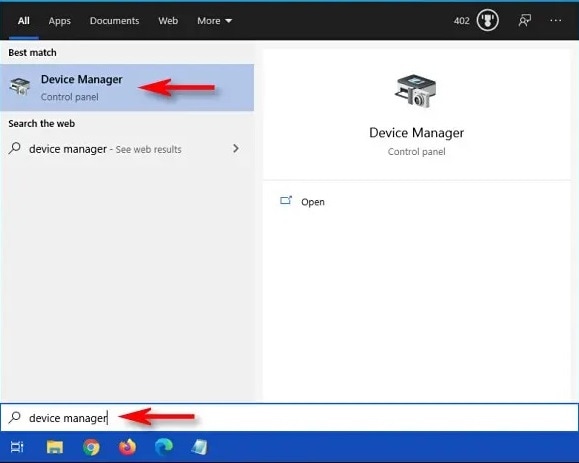
Step determines how long Stutter Edit 2 stays on each of the Rate note values while moving through the timeline. If Quantize is on, the plug-in will “lock” onto different rhythmic values as Stutter Edit 2 moves through the Rate control timeline, in accordance with the Mode and Step parameters. For example, if you choose 1/8 for the bottom of the range, and 1/128 for the top of the range, the Stutter’s length will slide between those two note values. From there, you have a few more options for creating a stutter.ĭo you want a smooth stutter effect or a choppier, “gridded” feel? With the Quantize mode off, Stutter Edit 2 moves smoothly from the lowest to highest note values set by the Rate parameters. The wider you set your Range, the more rhythmic variation you will hear in the stutter effect. Rate allows you to set the speed at which your stutter pattern slides from the beginning to the end of your configured range, as defined by the blue Range control. The Stutter module controls the note values Stutter Edit 2 uses to create rhythmic edits.
#Japanese stutter edit tutorial how to#
How to use the Stutter and Buffer modules in Stutter Edit 2 Once these settings are configured, it’s time to get into the really fun stuff: Stutter and Buffer.


The Grid menu determines the rhythmic value on which the Gesture begins and ends.Stick: Similar to Latch mode, but the effect will lock itself onto the end of the Gesture’s timeline.This is useful for faster performances with different short Gestures. Instant: The Gesture will end instantly when the MIDI note triggering it ends.It’s also helpful for performance if you don’t want the effect to drop out between Gestures. This is useful for playing longer Gestures that change during your arrangement, or syncopated Gestures that you might want to spill over into the next bar. Latch: The Gesture will play and hold until you trigger it again (or trigger another Gesture).This is useful for continuous or repeating effects.
#Japanese stutter edit tutorial full#
Full Gesture: The entire Gesture will play through from start to finish, even if you only tap the note.On Grid: After a MIDI note ends, the Gesture itself waits until the next Grid point (1/8, 1/16 etc.) before ending.There are five Release options to choose from: Use the Release menu to choose the way your Gesture ends.

Shorter lengths can impart FM-like textures on a sound, while longer lengths can create smooth and evolving effects.

You can choose lengths from sixteenth-note triplets to two bars.


 0 kommentar(er)
0 kommentar(er)
